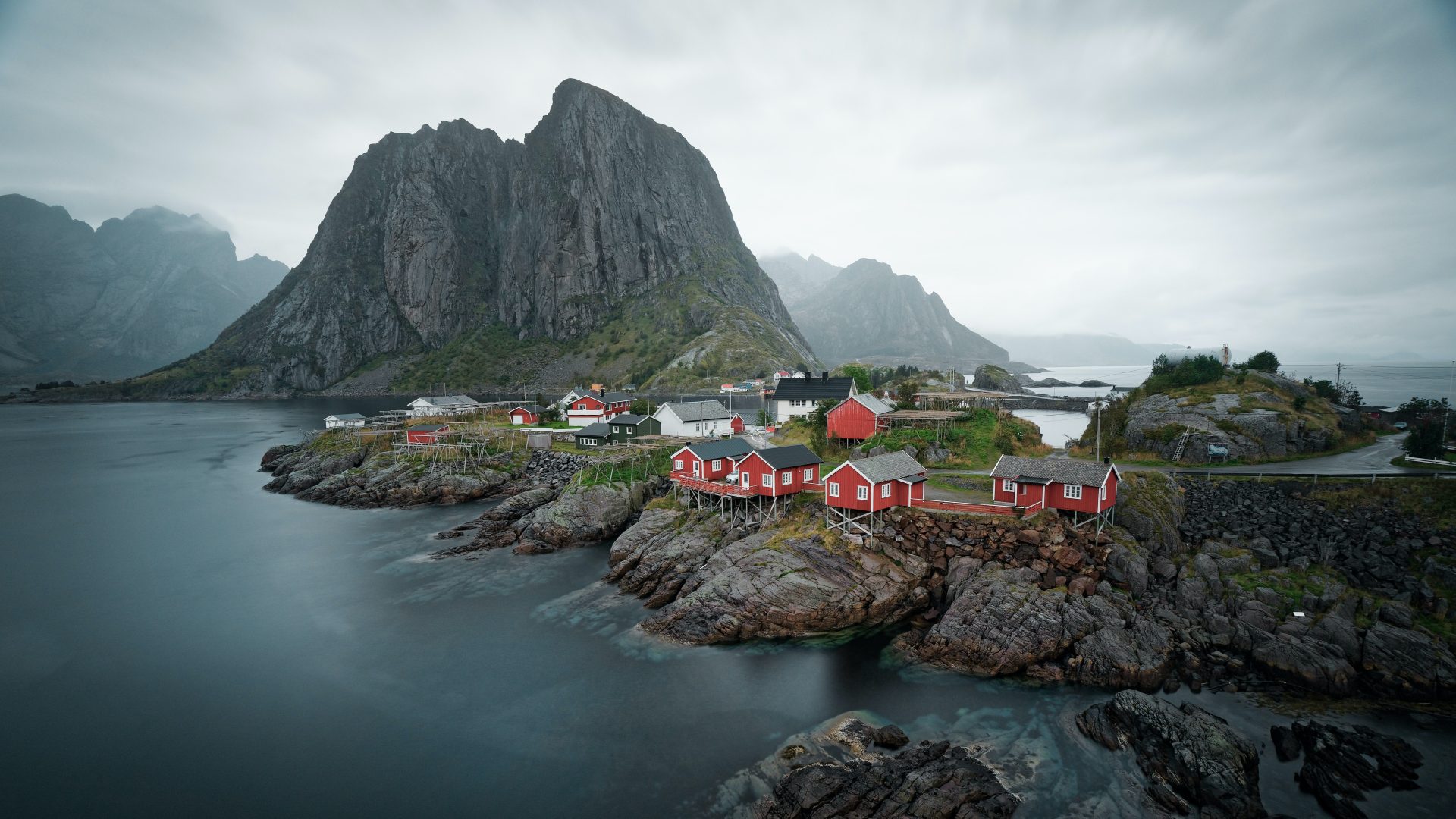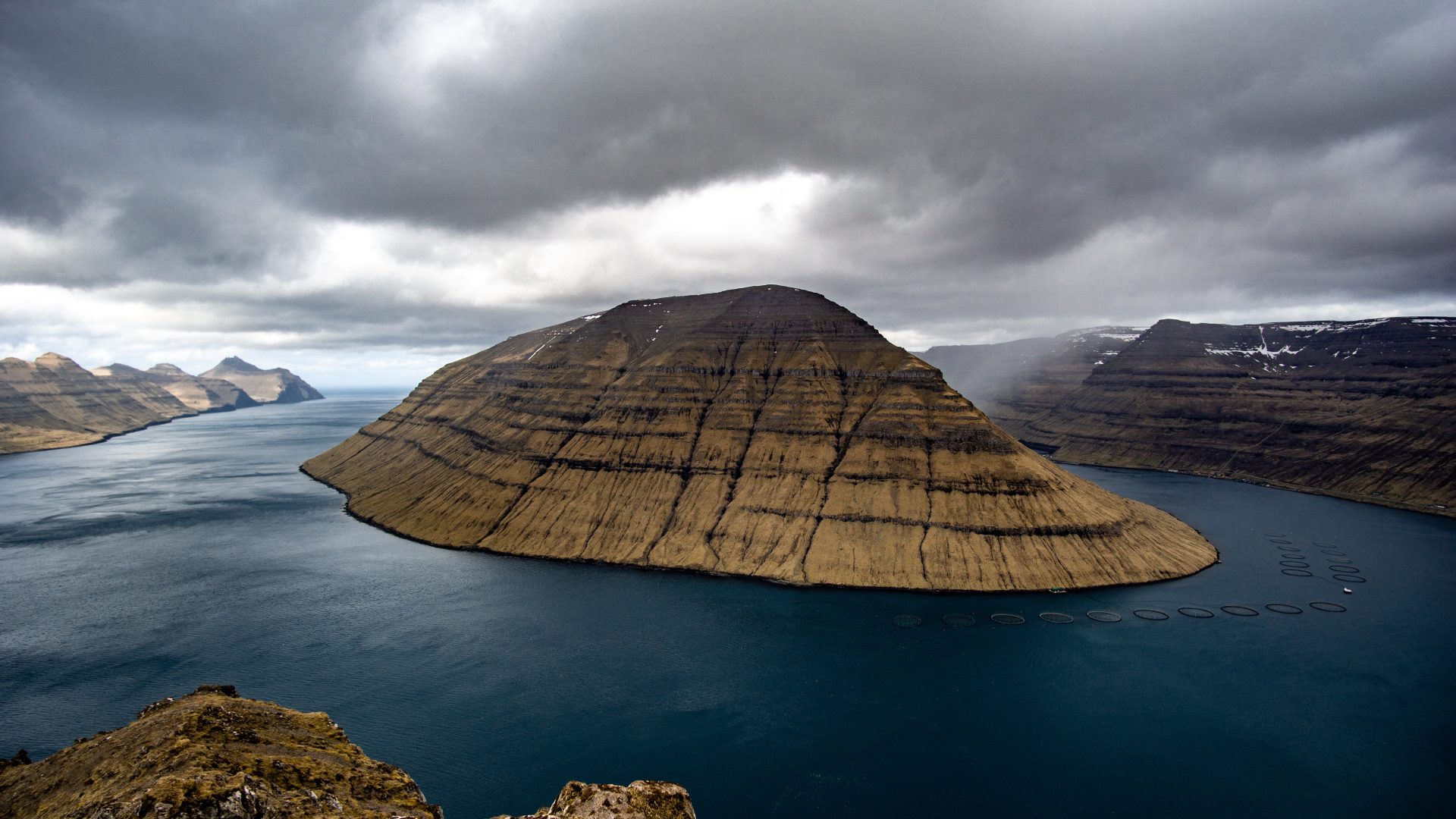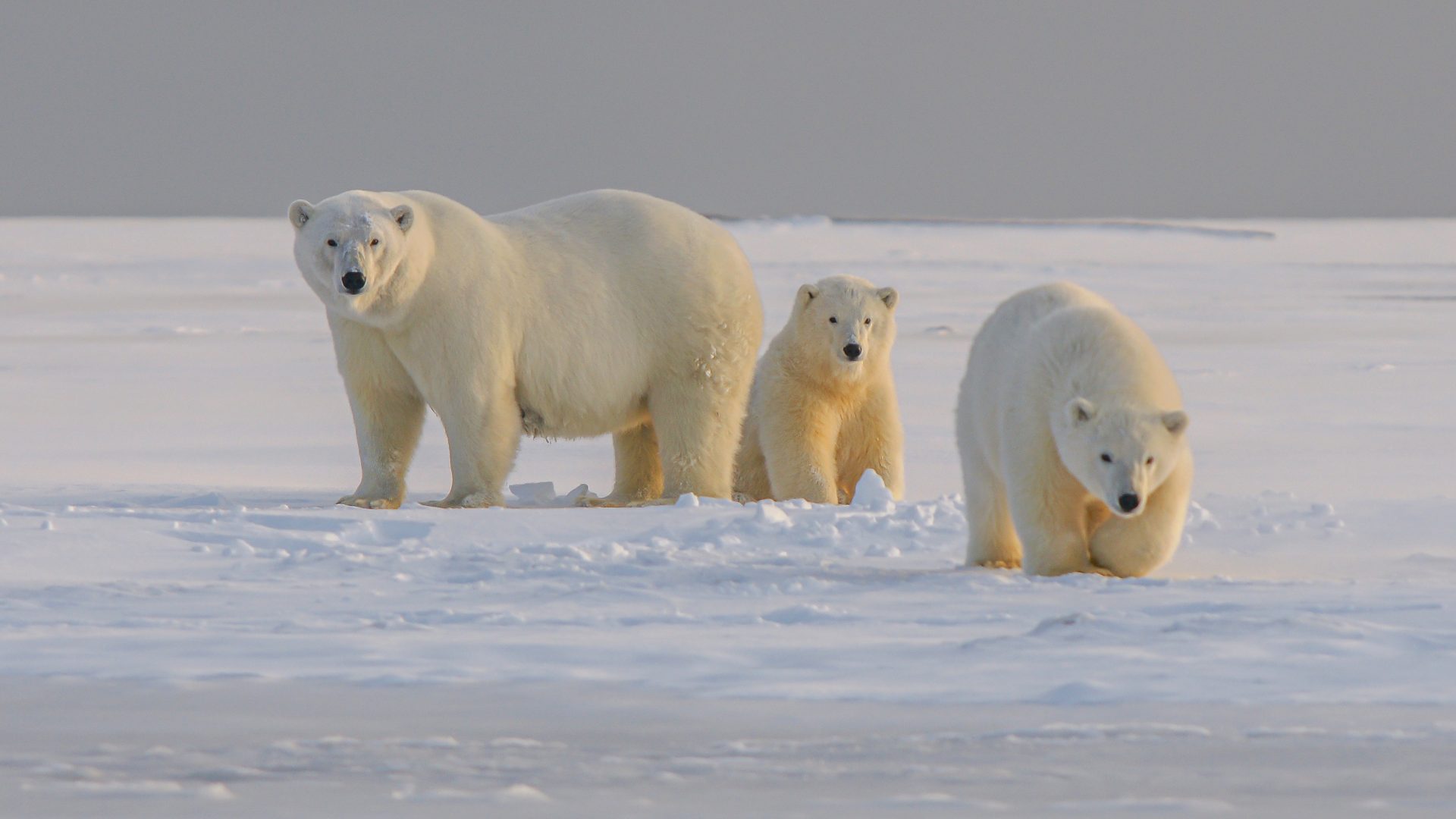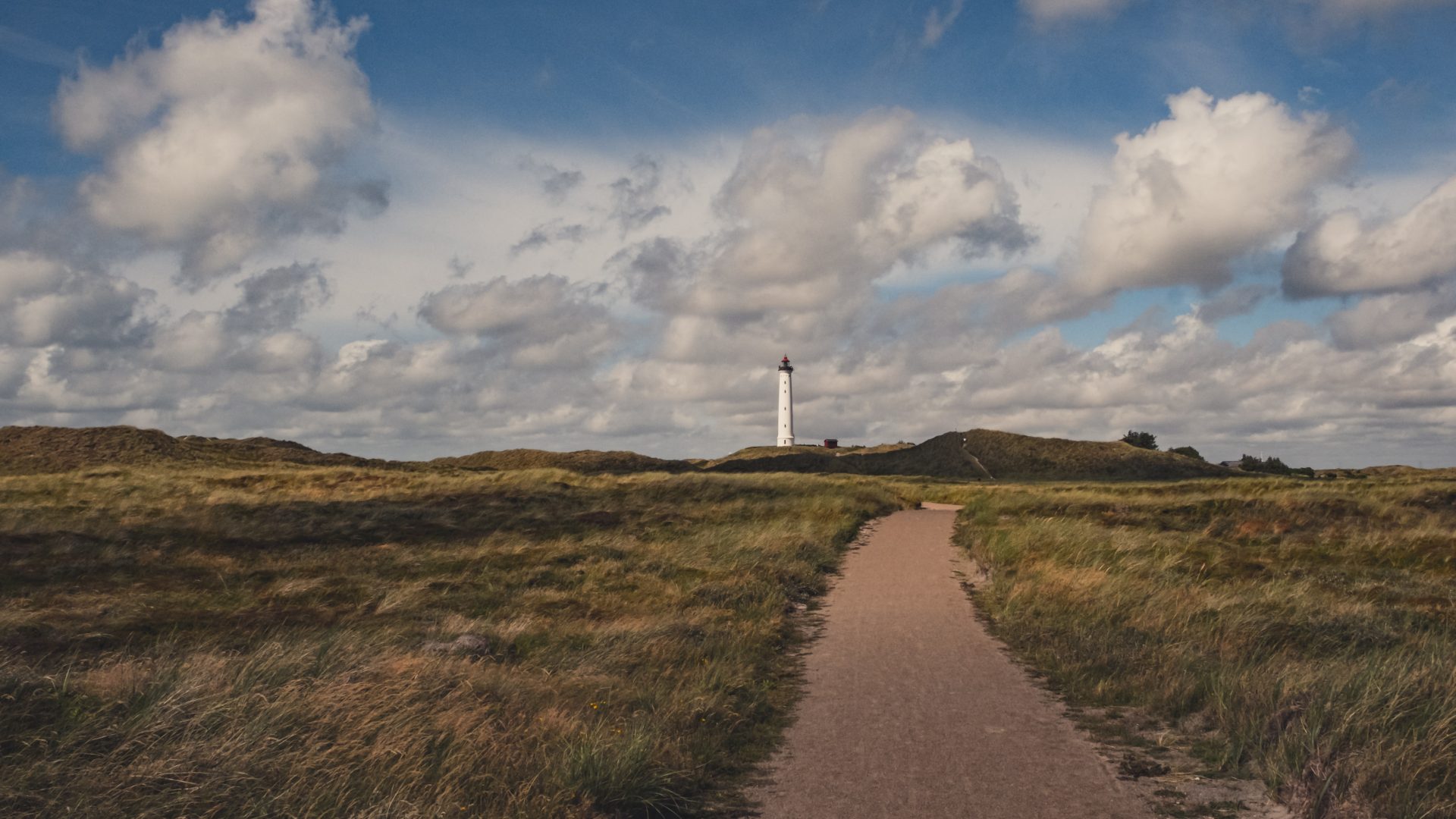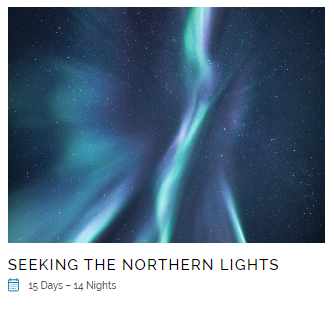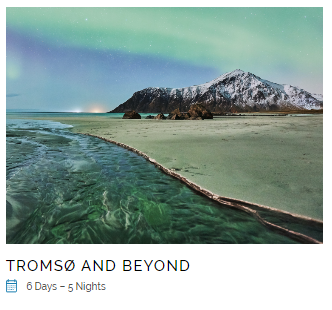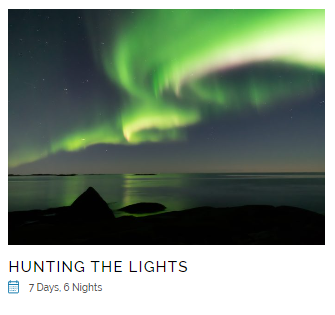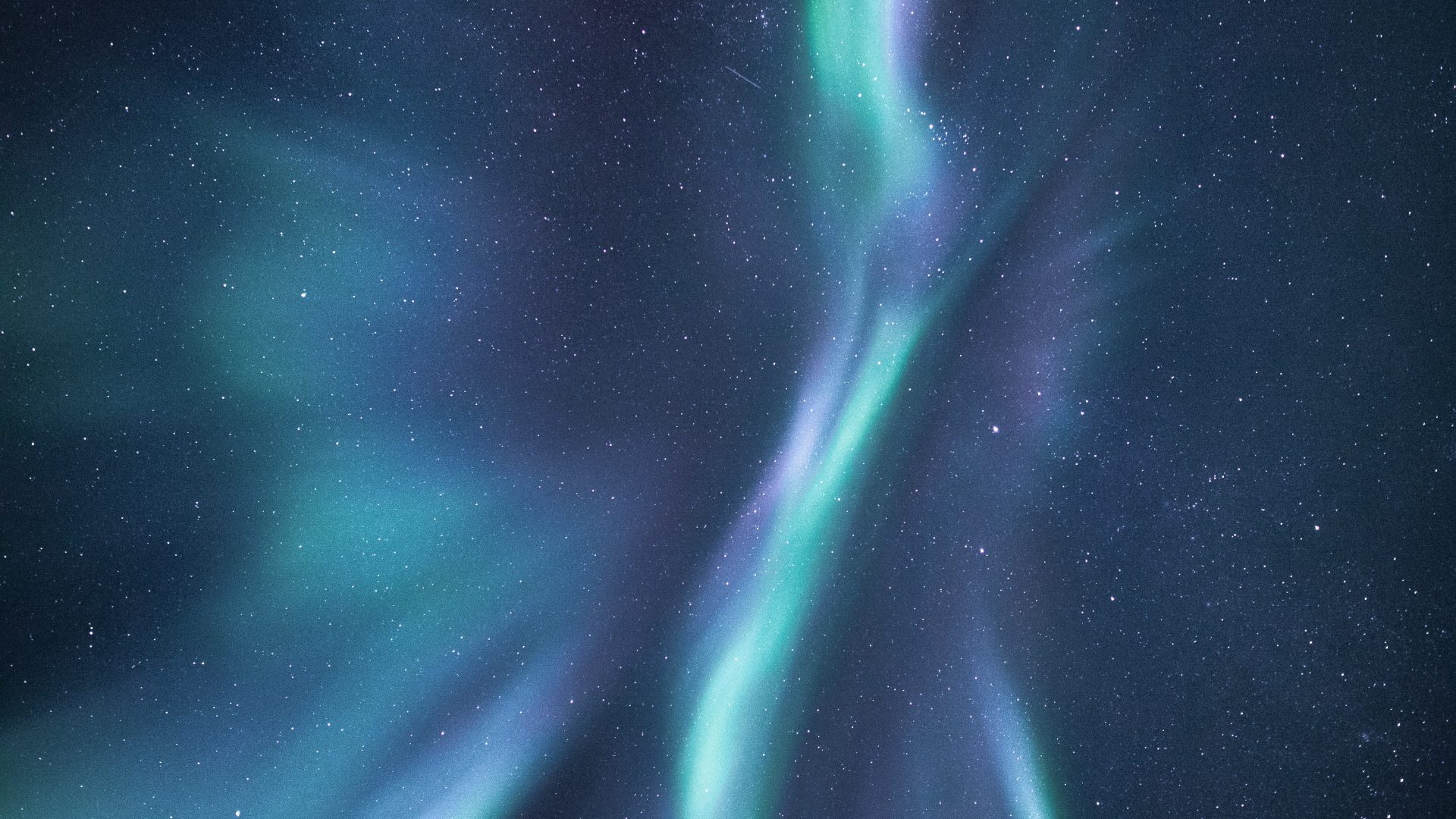
The ultimate guide to seeing the Northern Lights
The Northern Lights – also called Aurora Borealis – are one of the main attractions for travellers that visit Scandinavia. The fascinating spectacle lights up the dark winter skies in vivid shades of green and is on the bucket list for many people. But they like to be elusive, and sightings cannot be guaranteed. Learn more about the lights in the article below.
What causes the Northern Lights?
Before we disclose top secret information on where and when to see the Northern Lights, let’s dive into the science behind the spectacle. People have wondered for thousands of years what causes the mythical green lights. Everyone from Vikings warriors to Inuit fishermen came up with all sorts of explanations. It wasn’t until the early 1900s when Kristian Birkeland proved that the Aurora was connected with solar activity. This discovery led to him being nominated for a Nobel Prize seven times, and being featured on the Norwegian 200 kroner note.
Solar explosions and flares shoot huge quantities of particles into space. When these particles collide with Earth’s magnetic field, they are pulled towards the two poles and interact with our atmosphere. The reaction of the solar particles with the contents of our atmosphere creates energy, which is then released and can be seen as green lights dancing in the sky. This reaction happens about 100 kilometres (62 miles) above our head. Watch this video from Visit Norway to get a more in-depth explanation:
Fun fact: Did you know the lights are not only present in the Northern Hemisphere but also in the Southern Hemisphere? Down under, they are known as Aurora Australis or the Southern Lights.
When can I see the Northern Lights?
So now that you know what causes the Northern Lights, you’re probably wondering when is best time to see them. The Northern Lights season in Scandinavia lasts from late September until late March. You can spot them as soon as it gets dark, but the highest activity is usually from 10PM until a little after midnight.
Fun fact: The Northern Lights are actually present all year round. However, during the summer months, you will not be able to see them as another phenomenon takes their place – the Midnight Sun. The reason for that is simple: When there is too much light, you won’t be able to see them.

Where are the best places to see them?
Okay, now you know when to travel, let’s talk about the best places to spot the lights. The Northern Lights are visible around what’s called the Aurora Oval or Aurora Belt. This Oval spans northern Russia, Alaska, northern Canada, southern Greenland and northern Scandinavia. Depending on how strong the solar activity is, you will be able to see the Northern Lights outside of the Oval. However, your chances of seeing them are definitely much higher if you travel to destinations along the Oval.
To spot the Northern Lights:
- Pick your holiday location wisely: Northern Scandinavia is one of the best places to see the Aurora, as it lies directly underneath the Aurora Oval.
- Turn your trip into a once in a lifetime experience by staying in accommodation especially designed for Aurora spotting, such as glass igloos.
- Track the solar activity with an app (such as My Aurora Forecast) and hope that you have high activity during your stay.
- Check the weather forecast as you need clear skies with next to no clouds to see the Aurora. The Aurora happens about 100 kilometres (62 miles) above our heads, so clouds will hide the spectacle.
- Get far away from light pollution, which includes man-made light and also the full moon. Although, when the Aurora is really strong you will even be able to see it in cities, such as Rovaniemi, Tromsø and Kiruna.
- Join a guided tour led by locals. They will take you to the best places to increase your chances to spot them and tell you local folklore and legends.
- Go on a cruise. Ships take you far away from any light pollution, and because they are moving around, your chances increase of seeing the lights. You can go for a cosy Northern Lights dinner cruise, or choose a longer cruise, such as a voyage on the @Hurtigruten, that sails along the Norwegian coast for several days.
How can I photograph the Northern Lights?
At first glance it might seem that the Northern Lights are almost as tricky to photograph as they are to spot. But worry not, as we are here to help you capture the lights perfectly, so you can show your loved ones back home. You don’t even need fancy photography equipment to capture them.
First, a few simple tips:
- Again, try to get away from city lights. The less light pollution, the more chance you have of spotting the lights and the better your pictures will turn out.
- Wrap up warm. You will most likely be outdoors for a longer period of time, so put on your warmest clothes. Woollen jumpers and thermal underwear will be your best friends.
- Bring photography friendly gloves. You will be holding your camera, or phone a lot and if your hands are stuck in bulky gloves this will prove tricky.
- Take extra batteries for your camera and make sure your phone is fully charged. The cold can drain batteries surprisingly quickly, and we don’t want you to run out of battery just as the lights appear.
- Take a tripod, regardless of whether you’re using a camera or your phone. You need to keep your device steady if you’re looking to capture the lights.
How to capture the lights with your camera: Make sure to choose the right lens before you go. You can capture the lights with any lens, but a wide angle lens gives you the best pictures. We also suggest using manual settings instead of automatic ones, for the best outcome. You can find some more in-depth tips on how you set the manual settings on your camera here.
How to capture the lights with your mobile phone: You don’t have to go and buy an expensive camera just for this occasion. It is possible to capture beautiful images even with your phone. Check for a long exposure or night mode setting on your phone, and set it to the longest time. Now all you have to do is position your tripod and press the shutter. The pictures will turn out epic.
Don’t make your trip all about the Northern Lights
We know the Aurora is probably one of the main reasons why you’re planning a trip to Scandinavia. However, don’t make it your only reason to visit. Even if you follow all our tips to a T you might not see them because their appearance is based on something so unpredictable as solar activity. There are plenty of unforgettable activities that you can do in Scandinavia, so make sure that you are equally looking forward to those as you are for the lights.
So now you know that all you need is a little solar activity and clear dark skies to see the Northern Lights – why don’t you try your luck this winter?
Choose the right tour
One last tip is that you book a tour that is specifically designed to enhance your chances to see the Northern Lights. Here is a selection of our specially curated tours surrounding the magic of the Northern Lights.

